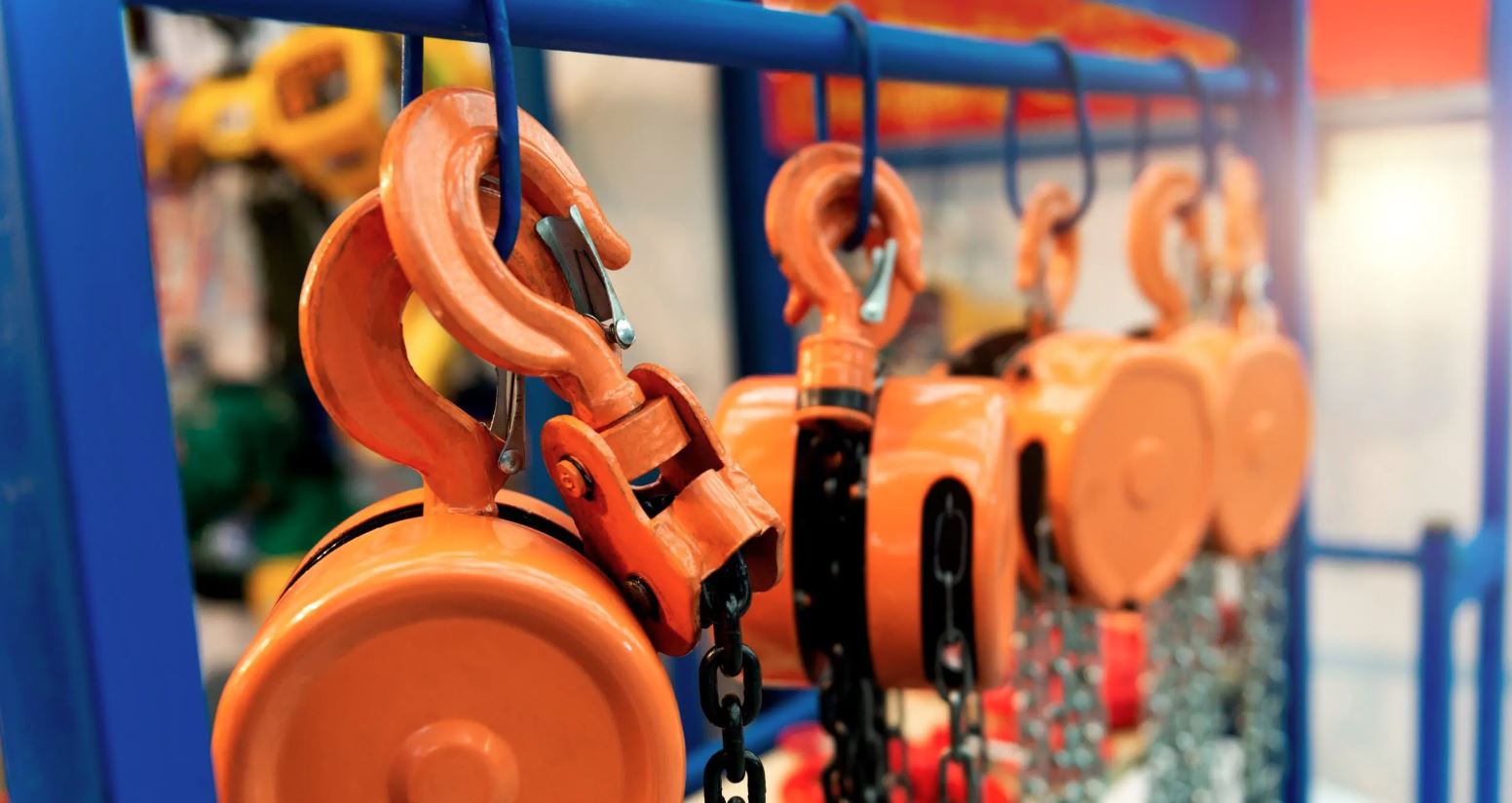The Importance of Chain Hoist Inspection
Chain hoists are an essential tool in many industries, used for lifting heavy loads. From manufacturing facilities to construction sites, chain hoists play a crucial role in ensuring efficient and safe operations. However, like any other equipment, chain hoists require regular inspection to maintain their performance and prevent potential hazards. In this article, we will explore the importance of chain hoist inspection, covering the basics, the role of regular inspections in ensuring safety, the process of conducting an inspection, the legal requirements, and the significance of maintenance post-inspection.
Understanding the basics of chain hoist inspection
Before delving into the details of chain hoist inspection, it is important to have a clear understanding of what a chain hoist is and why it needs inspection. A chain hoist is a mechanical device that uses a chain to lift heavy loads. It consists of various components, each playing a crucial role in its functionality.
Chain hoists have been a staple in industrial settings for decades, providing a reliable and efficient means of lifting and lowering heavy objects. The versatility of chain hoists makes them indispensable in various industries, from construction sites to warehouses, where the need to move bulky items is a common occurrence.
What is a chain hoist and why does it need inspection?
A chain hoist is designed to lift and lower heavy objects safely and efficiently. It is commonly used in industries such as construction, manufacturing, and logistics, where the movement of bulky items is a regular requirement. Due to the nature of its operations, a chain hoist is exposed to various external factors such as wear and tear, environmental conditions, and frequent use, which can all affect its performance. Regular inspection ensures that any potential issues are identified, addressed, and resolved promptly, thereby minimizing the risk of accidents and enhancing workplace safety.
Furthermore, proper maintenance and inspection of chain hoists not only ensure the safety of workers and the longevity of the equipment but also contribute to the overall efficiency of operations. By conducting regular inspections, potential problems can be detected early, preventing costly breakdowns and downtime.
Key components of a chain hoist
A chain hoist consists of several key components that work together to ensure its smooth operation. These components include the load chain, hooks, gears, gears train, brakes, brake system, and electrical components (in electric chain hoists). Each component must be inspected thoroughly to identify any signs of damage, excessive wear, or malfunction.
Inspecting the load chain is crucial as it bears the weight of the load being lifted. Any signs of wear, corrosion, or deformation can compromise the safety of the hoist. The hooks should also be closely examined for any cracks or deformities that could lead to failure during operation. Additionally, checking the gears and brake system is essential to ensure smooth and controlled lifting and lowering of loads.
The role of regular inspections in ensuring safety
Regular inspections of chain hoists are instrumental in maintaining a safe working environment. Neglecting to inspect chain hoists can have severe consequences, potentially endangering the lives of workers and causing costly damages. Here, we will explore the potential dangers of neglecting chain hoist inspections and how regular inspections contribute to workplace safety.
Ensuring the safety of workers in any industrial setting is paramount, and chain hoists are no exception. These crucial pieces of equipment are relied upon for lifting heavy loads, and any negligence in their maintenance can lead to disastrous outcomes. Regular inspections are not just a legal requirement in many jurisdictions, but they are also a moral obligation to protect the well-being of those working in hazardous environments.
The potential dangers of neglecting chain hoist inspections
Failure to inspect chain hoists can lead to serious accidents and injuries. A neglected hoist may have compromised load-bearing capacity, worn-out components, or malfunctioning parts, increasing the risk of accidents during lifting operations. Additionally, damaged hoists can pose a threat to other equipment, structures, and personnel in the vicinity.
Imagine a scenario where a chain hoist fails due to lack of inspection, causing a heavy load to come crashing down. The impact not only endangers the immediate workers but also risks damaging valuable machinery and disrupting the workflow. Such incidents can have far-reaching consequences, including financial losses, legal liabilities, and most importantly, irreversible harm to individuals.
How regular inspections contribute to workplace safety
Regular inspections play a vital role in preventing accidents and ensuring the safety of workers. By conducting routine inspections, potential issues can be identified and resolved at an early stage, reducing the likelihood of accidents. Inspections also provide an opportunity to educate workers about the correct usage and maintenance of chain hoists, enhancing overall safety awareness in the workplace.
Moreover, regular inspections can improve the longevity of chain hoists, saving companies money in the long run. By addressing minor issues early on, major breakdowns can be avoided, leading to decreased downtime and increased productivity. Investing in the regular maintenance of chain hoists not only safeguards the well-being of employees but also contributes to the efficiency and profitability of the business as a whole.
The process of conducting a chain hoist inspection
Inspecting a chain hoist requires careful attention to detail and adherence to specific procedures. By following a systematic approach, the inspection process can be efficient and effective. This section will outline the pre-inspection preparations and provide a step-by-step guide to conducting a thorough chain hoist inspection.
Pre-inspection preparations
Before conducting an inspection, it is important to ensure the proper setup and preparation. This includes disconnecting power sources, ensuring that the hoist is not under load, and making the necessary safety arrangements. By taking these precautions, the inspector can work safely and accurately during the inspection.
Furthermore, it is essential to check the surrounding environment where the chain hoist is located. Ensure there are no obstacles that could hinder the inspection process or pose a safety risk. Clearing the area and creating a safe working space will facilitate a thorough examination of the hoist.
Step-by-step guide to a thorough chain hoist inspection
A thorough inspection involves evaluating each component of the chain hoist. This includes inspecting the load chain, hooks, gears and gears train, brakes, brake system, electrical components (in electric chain hoists), and other relevant parts. The inspector should look for signs of damage, excessive wear, loose connections, corrosion, and any other abnormalities. Additionally, testing the hoist’s functionality and safety features is crucial.
During the inspection, it is important to document any findings meticulously. This documentation will serve as a record of the hoist’s condition and any maintenance or repairs that may be required. Detailed records also aid in tracking the hoist’s maintenance history and scheduling future inspections or servicing.
The legal requirements for chain hoist inspections
Chain hoist inspections are subject to specific regulations aimed at ensuring compliance and workplace safety. In Ireland, there are legal requirements that companies must adhere to when it comes to inspecting their chain hoists. Familiarity with these regulations is essential for businesses to avoid legal consequences and safeguard their workers.
The consequences of non-compliance with inspection regulations
Failing to comply with chain hoist inspection regulations can result in serious consequences. Apart from the potential risks to workers and the workplace, non-compliance can lead to legal action, hefty fines, and damage to a company’s reputation. It is, therefore, imperative for businesses to prioritise compliance and conduct regular inspections in accordance with the regulations.
Maintaining your chain hoist post-inspection
After a thorough inspection, proper maintenance is crucial to ensure the continued safe and efficient operation of a chain hoist. This section will provide essential tips for proper chain hoist maintenance and highlight the role of maintenance in extending the lifespan of the equipment.
Tips for proper chain hoist maintenance
Regular maintenance is key to keeping chain hoists in optimal condition. This includes lubrication, cleaning, and keeping the hoist free from debris and contaminants. It is also important to address any identified issues promptly, such as replacing worn-out components or repairing malfunctioning parts.
The role of maintenance in extending the lifespan of your chain hoist
By implementing a comprehensive maintenance strategy, businesses can significantly extend the lifespan of their chain hoists. Proper maintenance ensures that the hoists operate at their full potential, minimizing the likelihood of breakdowns and expensive repairs. Additionally, regular maintenance reduces the risk of accidents and contributes to a safer work environment.
Conclusion
In conclusion, the importance of chain hoist inspection cannot be overstated. Regular inspections are crucial for maintaining workplace safety, identifying potential issues, complying with legal regulations, and extending the lifespan of chain hoists. By understanding the basics of chain hoist inspection, recognizing the potential dangers of neglecting inspections, following a systematic inspection process, and prioritizing post-inspection maintenance, businesses can ensure the safe and efficient operation of their chain hoists, protecting their workers and investment.


Leave a Reply